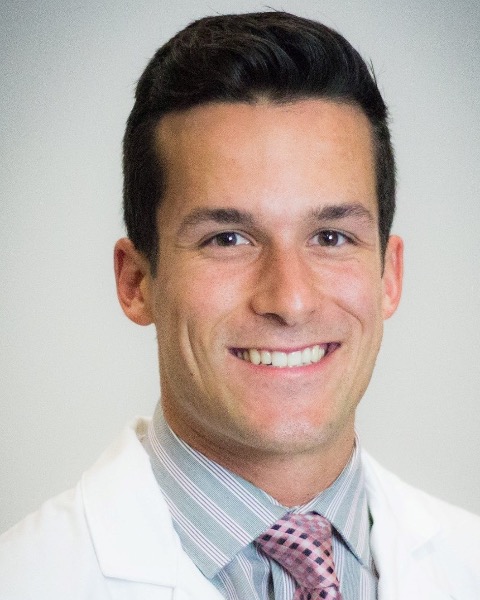Critical Care and Perioperative Management
Category: Scientific Abstract: Oral/Poster
Multi-Institutional Model to Predict Intensive Care Unit Length of Stay after Cardiac Surgery

Alex M. Wisniewski, MD
University of Virginia
Charlottesville, Virginia, United States
Presenting Author(s)
Disclosure(s):
Alexander M. Wisniewski, MD: No financial relationships to disclose
Purpose: Intensive care unit length of stay (ICU LOS) accounts for a large percentage of cost following cardiac surgery. The Society of Thoracic Surgeons (STS) risk calculator predicts total LOS but does not discriminate time spent in the ICU. We sought to model predictors of ICU LOS utilizing a regional database.
Methods: All adult patients undergoing STS index operations within a regional cardiac surgery quality collaborative (2014-2021) were included. Prolonged ICU LOS was defined as ICU care for three or more days postoperatively. A multivariable logistic regression model was used to assess associations between the prolonged ICU stay and pre-specified risk factors identified from our previous single center model. Restricted cubic spline was used to allow nonlinear relationship between the outcome and a continuous variable.
Results: We identified 37,519 patients that met inclusion criteria with 31.45% (11,801) of patients experiencing prolonged ICU stay. Those experiencing prolonged ICU stay were more likely to be older (median age 68 vs. 65), female (36.1% vs. 25.9%), undergo non-elective operations (59.7% vs. 49.6%), and have higher predicted risk of mortality (median 2.20% vs. 1.05%) (all p < 0.05). MELD, heart failure, preoperative intra-aortic balloon pump use, and procedure type were the most highly significant predictors of prolonged ICU LOS (all p < 0.0001). The bootstrapped corrected area under ROC curve of 0.71 from the internal model validation indicated our risk prediction model had good, predictive accuracy. The figure provides two examples of how predicted probability of prolonged ICU stay can be calculated from the risk prediction model using a patient’s demographic and preoperative clinical characteristics (Figure 1.).
Conclusion: Prolonged ICU stay following cardiac surgery can be predicted at a reasonable rate utilizing preoperative STS data and may aid in patient counseling and resource allocation. Through use of a state-wide database, the application of this model may extend to other practices.
Identify the source of the funding for this research project: This project was in part funded by NIH/NHLBI T32 training grant (#T32HL007849).
